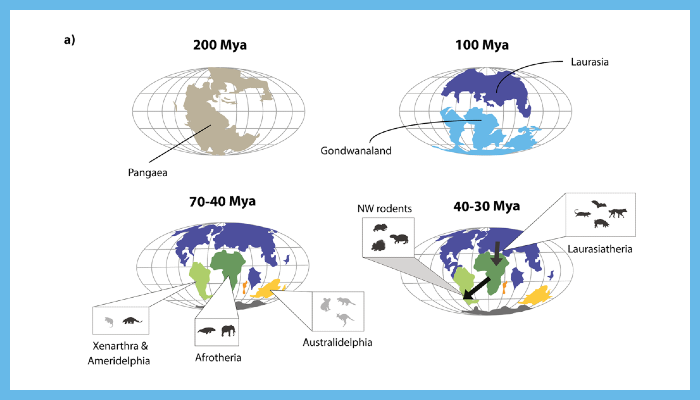Ancient Viruses may hold key to effective gene therapy
Published: 30 November 2022
Centre for Virus Research scientists have unlocked key insights into virus evolution, revealing new information that could help develop treatments for a wide variety of genetic diseases.

Centre for Virus Research scientists have unlocked key insights into virus evolution, revealing new information that could help develop treatments for a wide variety of genetic diseases.
Titled 'Comparative analysis reveals the long-term co-evolutionary history of parvoviruses and vertebrates’, the paper was published in PLOS Biology on Tuesday 29 November 2022.
This research, led by the CVR and the University of Massachusetts Chan Medical School, focused on a group of small, ubiquitous viruses called ‘parvoviruses’ (from the Latin word 'parvus' meaning ‘small’, ‘puny’ or ‘unimportant’).
Many distinct types of parvoviruses infect mammals - including humans - without causing disease. Some have even been successfully harnessed as gene therapy vectors for the treatment of genetic diseases.
In the study, researchers used 'fossilised' virus DNA sequences contained within animal genomes to reconstruct the long term evolutionary history of parvoviruses.
Their findings show how various distinct types of parvoviruses have evolved in mammals over millions of years, acquiring different specialised properties along the way.
This knowledge positions scientists to take instruction from nature in the development of improved gene therapies - for example, the propensity of different parvovirus types to infect different organ systems could be harnessed to target these therapies more effectively.
Dr Rob Gifford, an evolutionary biologist who led the research at the CVR, said: “This study reveals exciting insights into the long term evolutionary history of an important virus group.
"Parvovirus gene therapy is a cutting-edge biomedical technology. Our findings suggest that studying the natural biology and evolutionary history of parvoviruses can inform the rational design of vectors for safer and more effective gene therapies.”
The researchers have published their data in an open database designed to facilitate the wider utilisation of evolution-related knowledge in parvovirus research.
Image Legend: Fig 7. Protoparvovirus evolution has been shaped by mammalian vicariance. (a) Mollweide projection maps showing how patterns of continental drift from 200–35 led to periods of biogeographic isolation for terrestrial mammals in Laurasia (Europe and Asia), South America, Australia, Africa, and Madagascar. The resulting vicariance is thought to have contributed to the diversification of mammals, reflected in the mammalian phylogeny as shown in panel.
Enquiries: ali.howard@glasgow.ac.uk or elizabeth.mcmeekin@glasgow.ac.uk / 0141 330 6557 or 0141 330 4831
First published: 30 November 2022

